Understanding symmetry Normal Worksheets for Ages 5-8
5 filtered results
-
From - To
Explore our "Understanding Symmetry Normal Worksheets" designed specifically for children ages 5-8. These engaging and interactive worksheets introduce young learners to the concept of symmetry through fun activities and colorful visuals. Through exercises such as identifying symmetrical shapes and completing patterns, children will develop critical thinking and visual-spatial skills. Each worksheet is crafted to align with early education standards, ensuring a comprehensive learning experience. Perfect for both home and classroom use, our resources make learning about symmetry enjoyable and effective. Help your child build a strong foundation in geometry with our stimulating that foster creativity and confidence in their mathematical abilities.
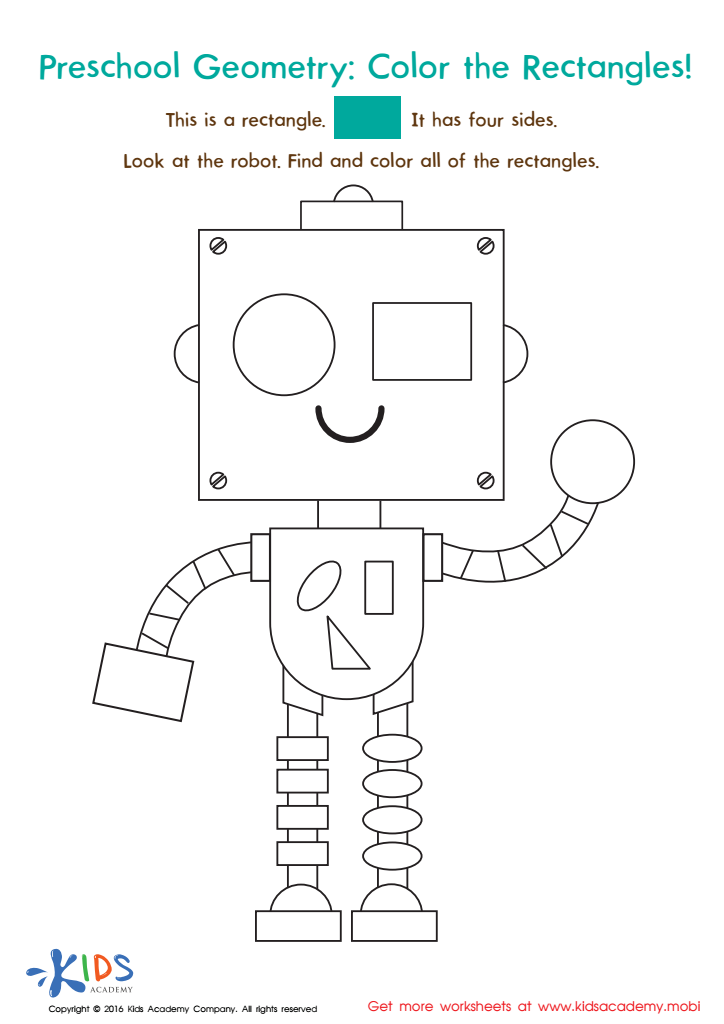

Geometry Worksheet
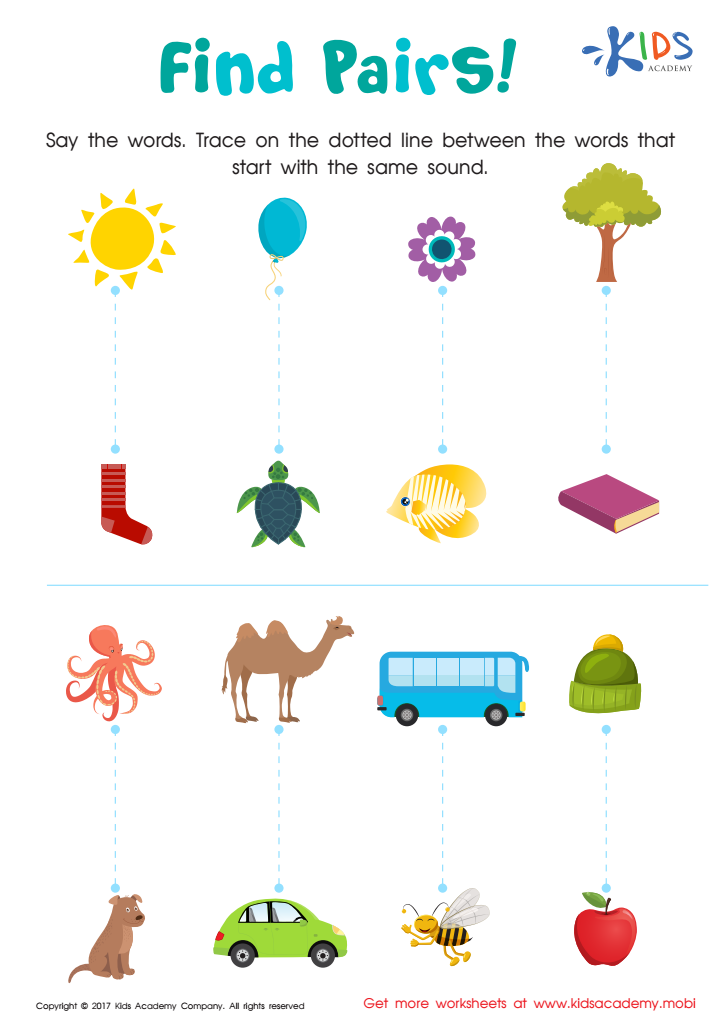

Beginning Sound: Find Pairs Worksheet
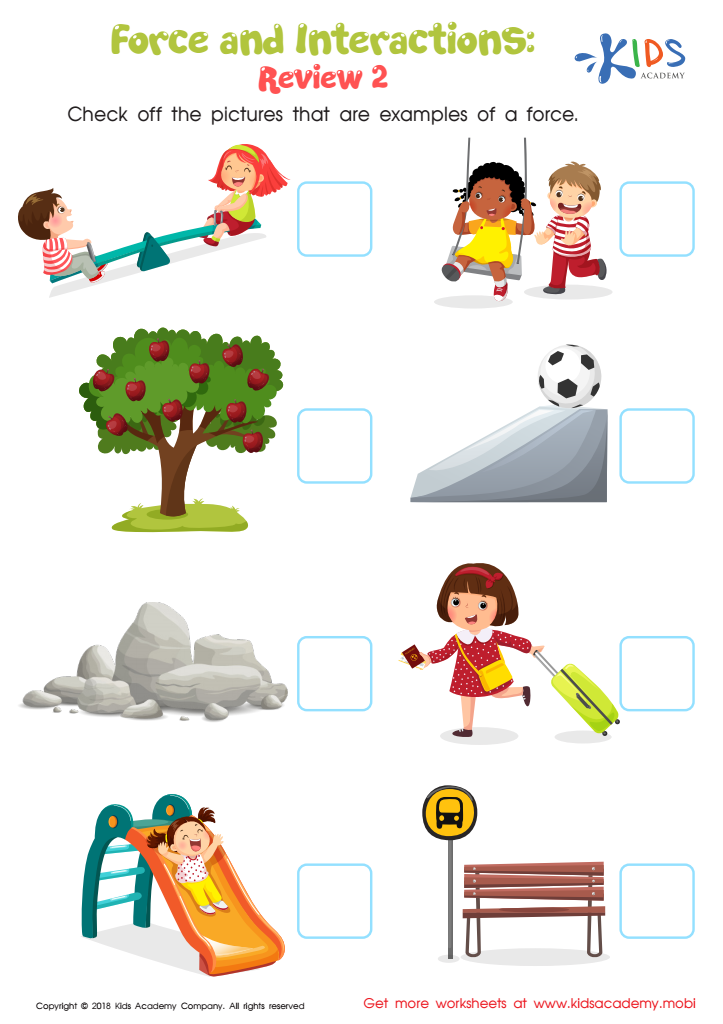

Force and Interactions: Review 2 Worksheet
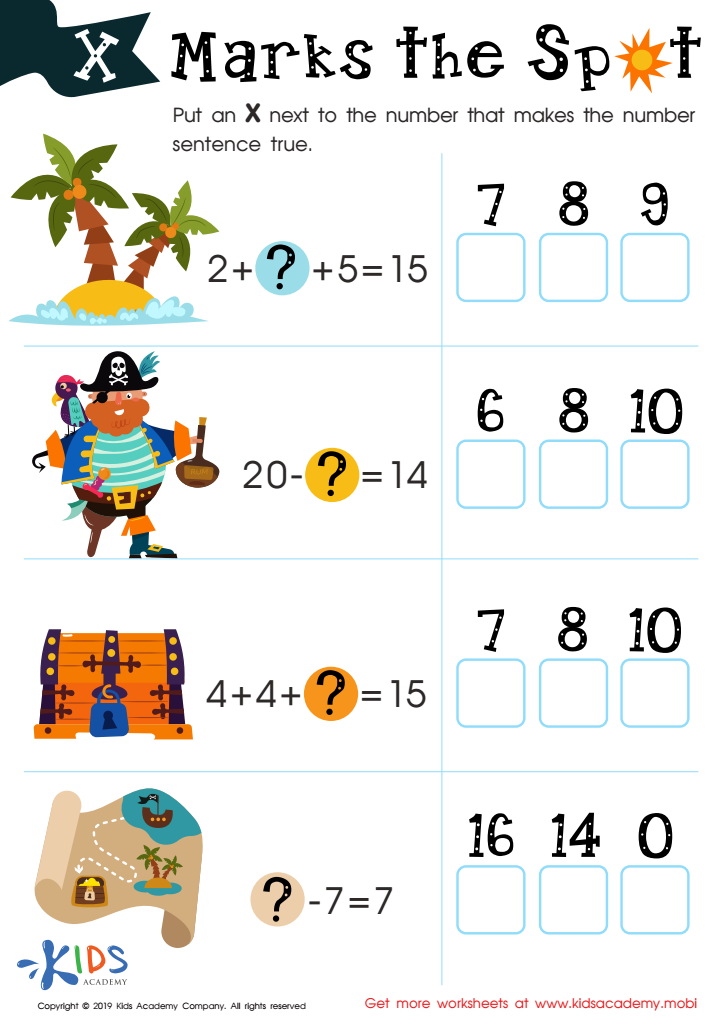

X Marks the Spot Worksheet
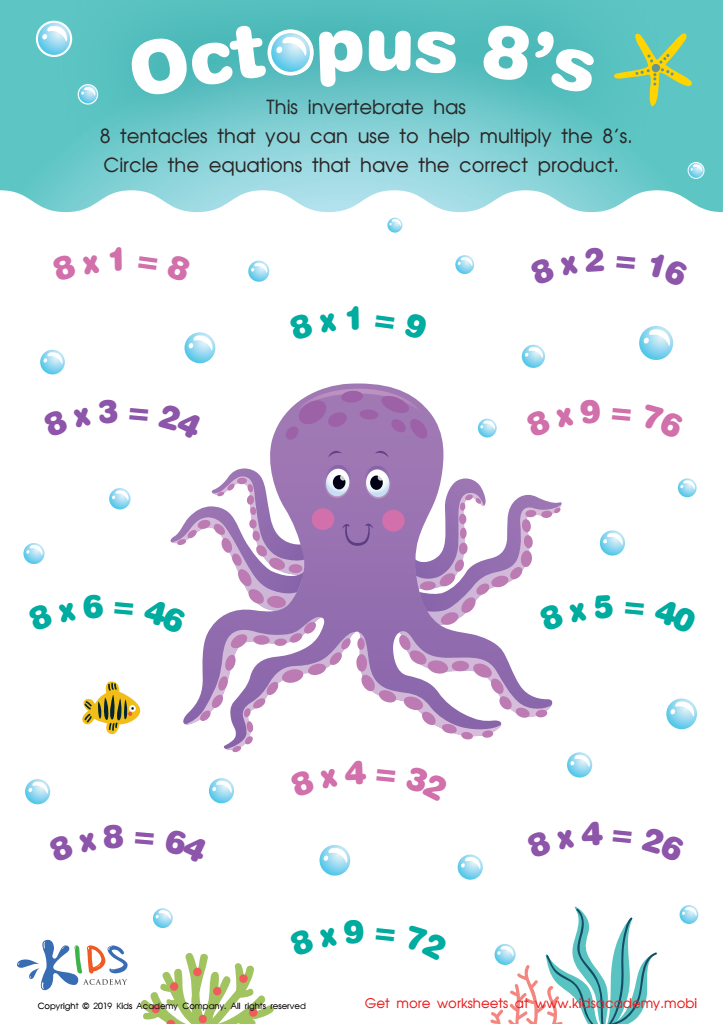

Octopus 8’s Worksheet
Understanding symmetry is essential for children aged 5-8, as it lays a foundation for critical thinking and problem-solving skills. At this age, children are naturally curious about their environment, and symmetry offers a fantastic way to explore patterns in nature, art, and mathematics. By recognizing symmetrical shapes and designs, children develop spatial awareness, which is pertinent for later learning in geometry.
Symmetry enhances visual perception and encourages creativity. For instance, when children draw or construct objects, asking them to think about symmetry helps them make connections between their artwork and the world around them. This not only fosters artistic expression but also promotes cognitive skills as they learn to visualize and manipulate shapes in their minds.
Moreover, incorporating symmetry into classroom activities supports collaborative learning. Teachers and parents can create engaging games and projects centered on symmetry, encouraging teamwork and communication among young learners. Understanding symmetry is not merely about shapes; it promotes logical thinking and can be integrated into various subjects, including science and art.
Overall, fostering an understanding of symmetry equips children with valuable skills that support their overall cognitive development, making it a vital area of focus for teachers and parents.
 Assign to My Students
Assign to My Students



.jpg)













